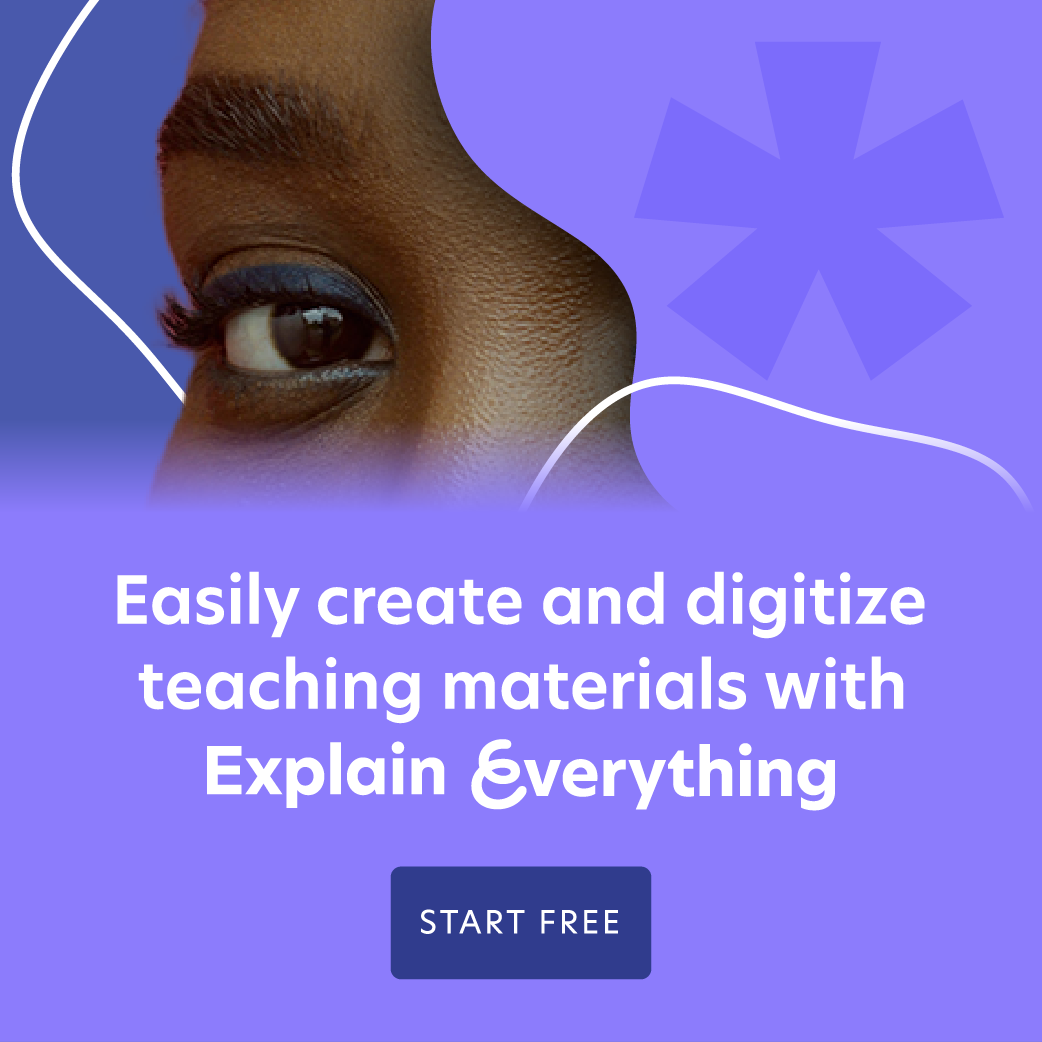10 Innovative Tools to Bolster the Thinking Process
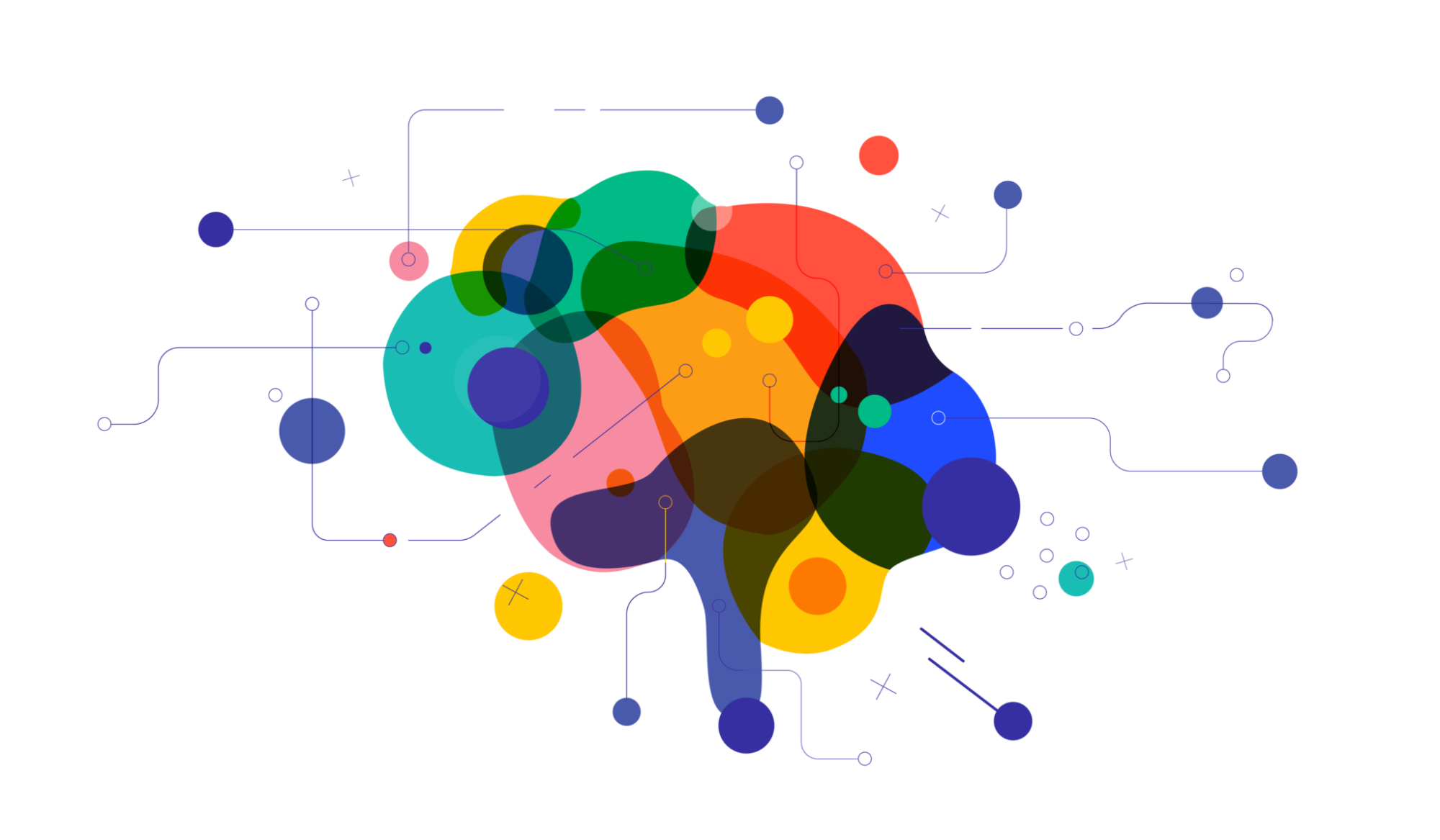
Table of Contents
“Here’s what I still can’t get right,” said my colleague, an Airbus engineer, as he sketched frantically on a flipchart trying to find a solution to a problem. As I watched him drawing, I realized that he reminded me of all the great minds that must have gone through the same process of problem-solving on paper in the past: the Wright brothers inventing their Flyer, Freud developing his psychoanalytic theory, or even profound Leonard da Vinci thinking up futuristic contraptions that contemporary technology was not yet ready for.

My friend at Airbus was essentially trying to develop insights simply by doing. He was engaging in mental activity known by science as visual thinking. Once the insights he so passionately sought were attained, he had all the CAD and planning tools in the world to switch to execution mode. Yet, while ideating, he nevertheless defaulted to good old-fashioned paper for a session of messy, structureless, out-of-the-box thinking. When engaged in visual thinking on a flipchart, his supercharged mobile devices laid useless, silently conceding that there was nothing they could do to help him…
If this sounds familiar to you, keep reading.
Thinking continues to go unassisted
Your head is constantly bursting with ideas. Science tells us that over 30 thousand thoughts cross your mind every day! Most of them just come and go, leaving no trace in the memory, yet there are those lucky ones that that end up jotted down on a to-do list, or sketched out to be further developed later.
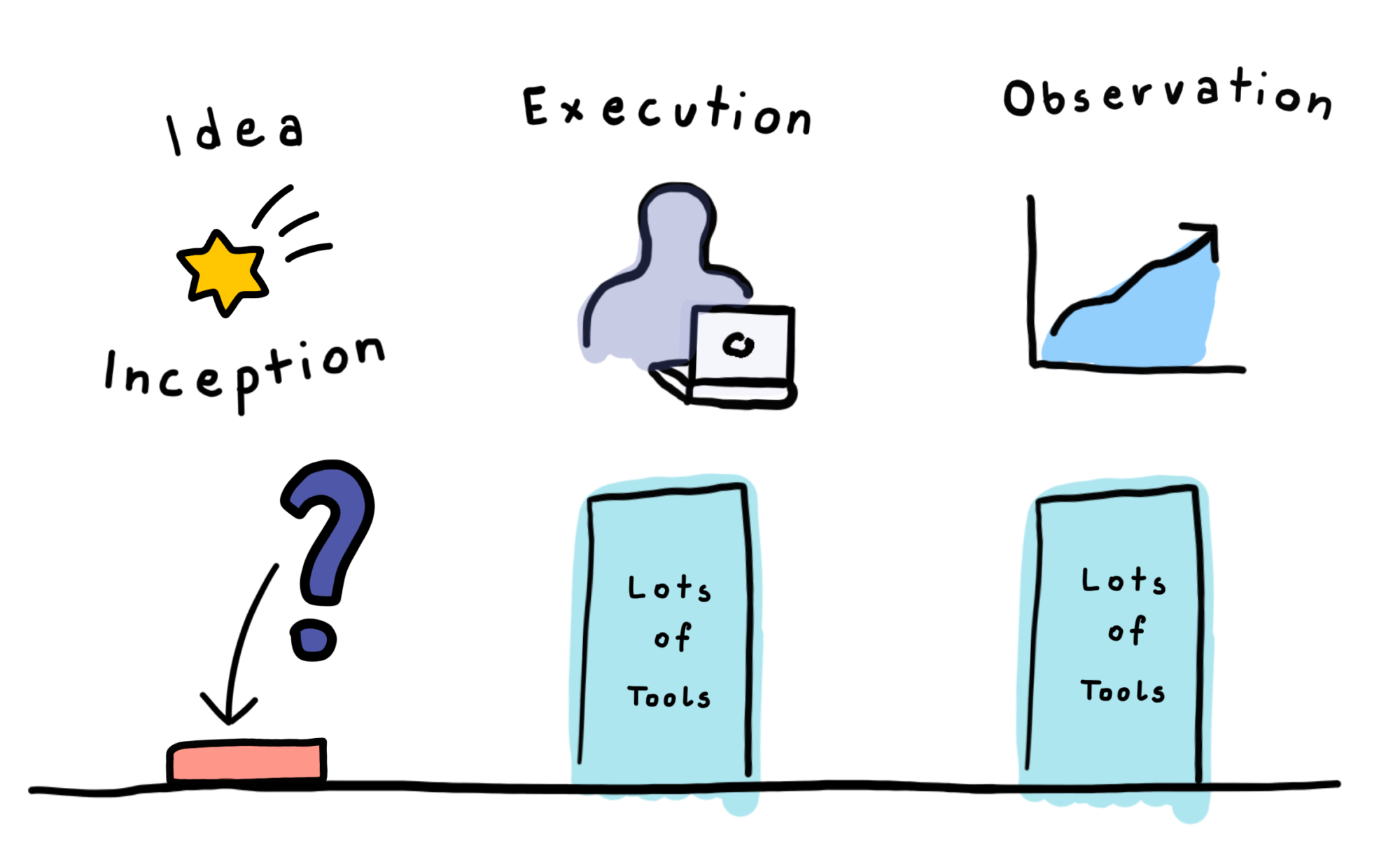
The computer revolution supplied us with software capable of executing ideas. From spreadsheets to CAD software, we’re tooled up to execute any idea regardless of its complexity or scope. But what supports you when a thought is still just a half-baked concept?
Why do we think in the first place?
Most existing jobs don’t require you to think up new ideas on a daily basis. Much more often than not, we’re asked to act within a familiar framework, ideally without changing a thing about it. But this changes when it comes to almost any job that uses the adjective ‘creative’ in its description. In so-called creative jobs, neither tasks nor their results are so obvious anymore and need to be thought up on the go.
The truth is that, even in regular jobs, we tend to think up novel ways of doing things due to nothing more than boredom or curiosity. To do this, we can draw from the powerful resources of abstract and critical thinking. Yet, somehow, software tools or apps supporting creativity and critical thinking seem to be something that the computer revolution left for later.
Cognitive work your electronic devices can’t help you with
This blind spot becomes especially apparent when we unpack the different types of mental activity that we actually do when coming up with ideas and before putting them down on a to-do list such as Trello or Jira. Here, we enter the realm of so-called “applied creativity”, where new ideas are born to help solve problems, make common executive decisions, or create something new. It’s the area where knowledge is still important to the process of connecting information and evaluating ideas.
‘The Future of Jobs’ report by the World Economic Forum identified complex problem solving, critical thinking and creativity as the top three crucial workplace skills needed to thrive by 2020, yet there’s no clear taxonomy of how to think about those cognitive skills.
In education, the cognitive domain has been supported by Benjamin Bloom’s taxonomy that lists lower-order and higher-order thinking — from knowledge to comprehension, and all the way to application. Bloom’s framework exists to inform teachers how to develop cognitive abilities; however, the idea that thinking is sequential or hierarchical has always been problematic. Cognitive science and various think tanks, such as Harvard’s Project Zero, have made some progress in nailing down abstract thinking with one key takeaway: that human understanding is not a precursor to the application of thinking, but rather a result of it.
In other words, it’s not that we think up something first to apply or execute later, but rather that we grasp the essence of what we’re doing only while doing it. Our thinking doesn’t happen in a lockstep, sequential manner, systematically progressing from one level to the next. It is much messier, dynamic, and interconnected.
“it’s not that we think up something first to apply or execute later, but rather we grasp the essence of what we’re doing only while doing it.”
A toolbox for the mind
If understanding is developed by doing, our often cloudy thinking could use some support in drafting, making connections, predicting and interpreting. Fortunately, it’s not like all digital tools are too rigid by design to help us in those tasks — there are several tools that let you start from scratch and create a structure to build on. Let’s try to map this new territory. Here is an utterly incomplete list of ten tools for the job:
Ayoa
This tool comes from the bestselling author behind the recently published Creative Thinking Handbook that you can find at every airport bookshop these days. Think of Ayoa software as a crossroads between mind-mapping and project planning tools. Yes, it helps to develop ideas (even collaboratively) using a node-based structure that makes use of so-called ‘radiant thinking’ (from ‘to radiate’ meaning ‘to spread or move in directions from a given centre’) This type of tool allows for associative thought flow and the automation of follow-up tasks. Ayoa comes with a subscription offering a free tier to get you started and a 13.20 EUR/month version for more advanced use.
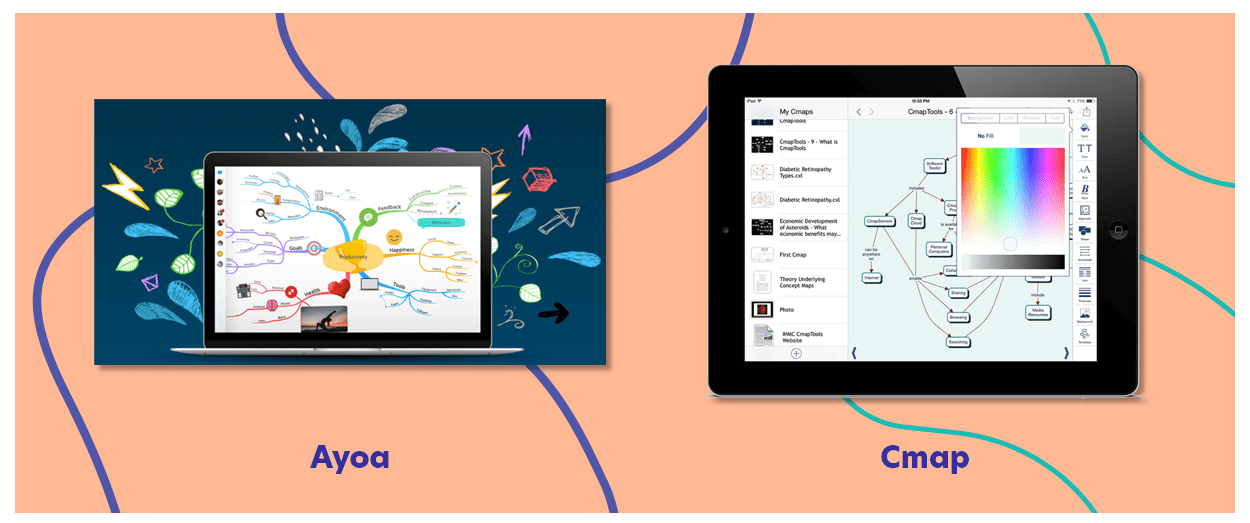
Cmap
Cmap started as a result of research conducted at the Florida Institute for Human & Machine Cognition. The software allows us to construct, navigate and share knowledge models represented as hierarchical concept maps. This approach removes mindmaps’ innate centrality limitation and allows us to critically visualize and develop verbal arguments to scaffold effective argumentation with underlying reasons. The use of this technique might seem limited at first glance, but it finds ground in numerous assessments, producing tangible results in the increase of critical thinking skills. CmapTools is a donation-based free software
Explain Everything
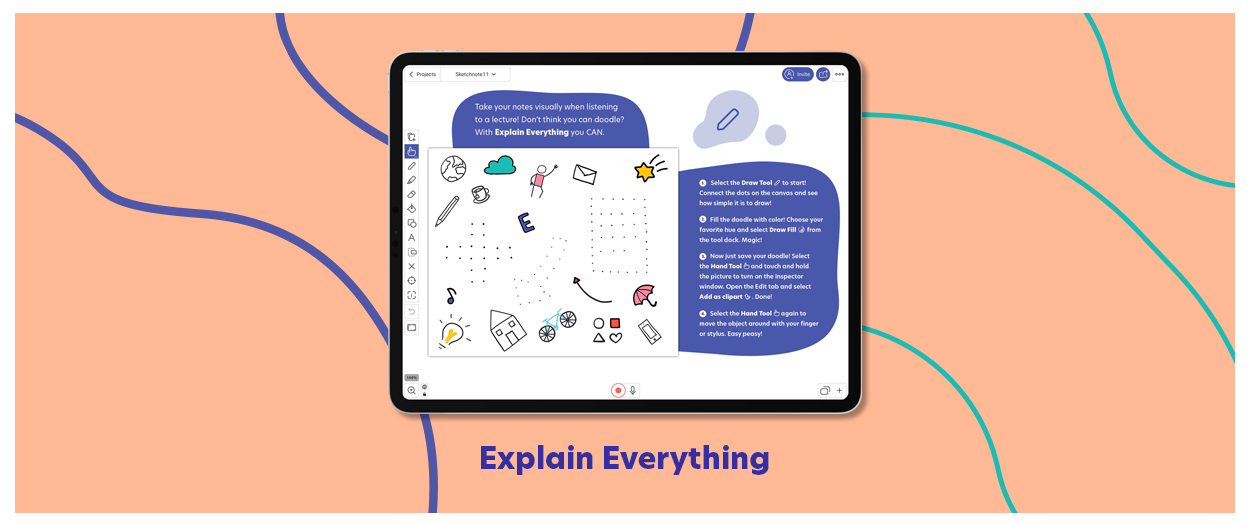
An interactive whiteboard thought up by innovative educators, who in turn were led by the author of the recently published book Make Yourself Clear. Explain Everything is a platform that helps to turn ideas into understanding by allowing for multiple ways to develop and communicate them. A thinker may start from scratch and develop their ideas using all the benefits of this object-based, recording-enabled and collaboratively supercharged equivalent of a traditional whiteboard. This online/offline Swiss-knife perfect for any thinker’s tool belt comes at the price of 6.99 EUR/month with discounts for educators.
MindNode and XMind
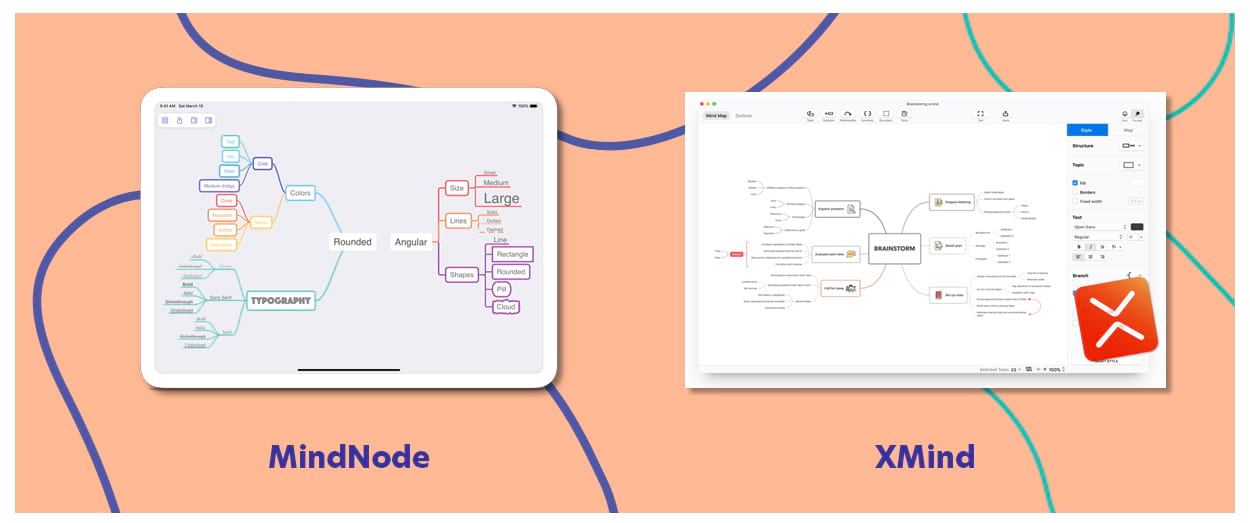
MindNode is a visual brainstorming iOS-exclusive that on its surface seems to be just one of many apps for leveraging the power of mind mapping. However, the power of this thinking tool comes from the fact that map nodes are versatile enough to contain hand-drawn sketches, formatted text, tags or even tasks, allowing you to do simple project-planning. MindNode offers delightful mind mapping possibilities on iOS, while XMind is its slightly less-polished cross-platform alternative. XMind costs $5/year for 3 devices, and MindNode is a little less expensive at $2.49/month.
Mural and Miro
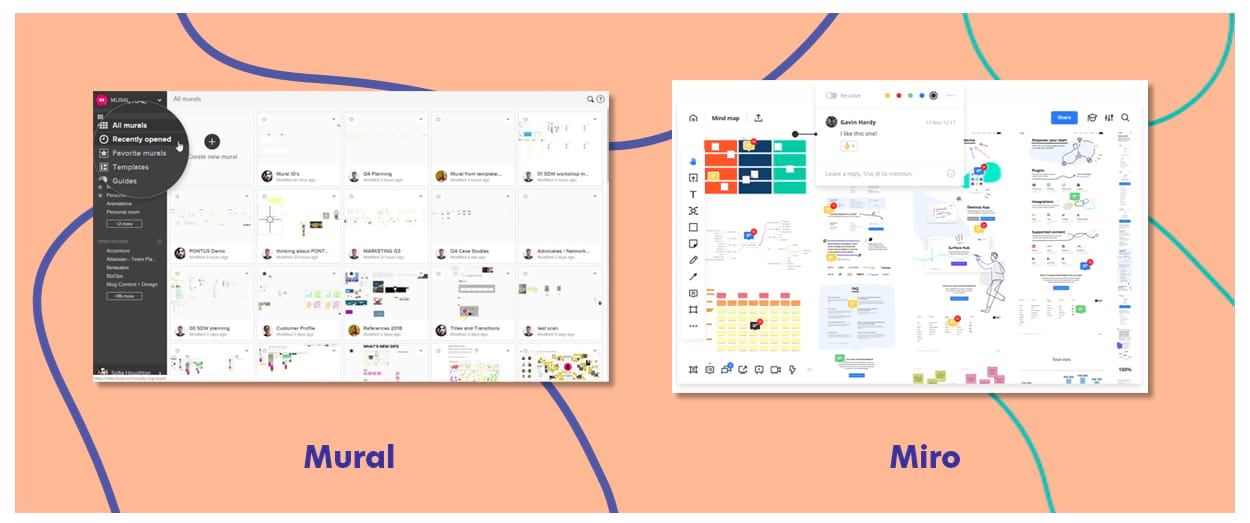
Both Mural and Miro define a new category of productivity tools for visual collaboration that make it easy to do brainstorming and planning in a business environment. While cloud-first software is just fine for a corporate environment with large screens and great connectivity constantly available, these are not the type of tools you can carry around on your mobile device to ideate on the go. Each invites the messiness of an open canvas, where materials can be stored, discussed and, thanks to integration with planning and communication tools, used to start the execution process. Both come with mobile apps allowing users to access cloud boards. Mural starts at $12/user/month, while Miro is a freemium with an $8/user/month price tag.
Notes on iOS & Android
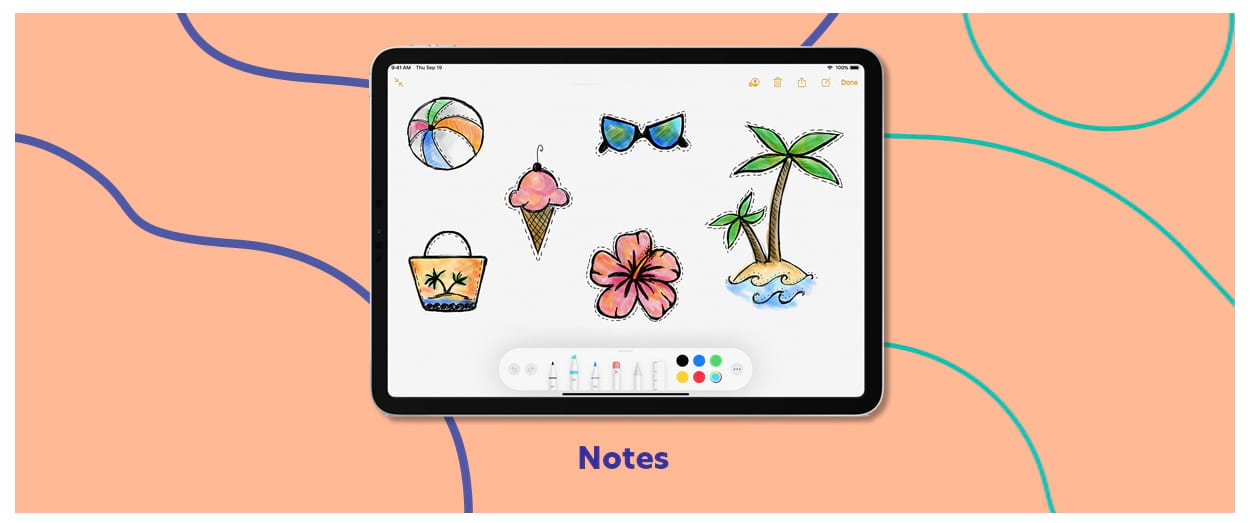
It should be no surprise that this list of thinking tools includes the simple note-taking apps that come with your phone. The reason is simple — having them at your fingertips at all times makes it supremely easy to jot down ideas at any time. Both Apple and Google have made it simple to mesh text with visuals, and you can create sketches or organize and prioritize items on simple to-do lists. A free, digital equivalent of a restaurant napkin perhaps, but think of how many of the brilliant ideas started that way!
Rationale
Rationale is a software for argument mapping, designed to build critical thinking and writing skills. While supporting thinking through arguments it is mostly used as a pedagogical support for the development of critical thinking skills. The concept behind the software has been founded through five years of university research. Rationale Basic comes from Reasoninglab.com in Amsterdam and costs 30 EUR/month.
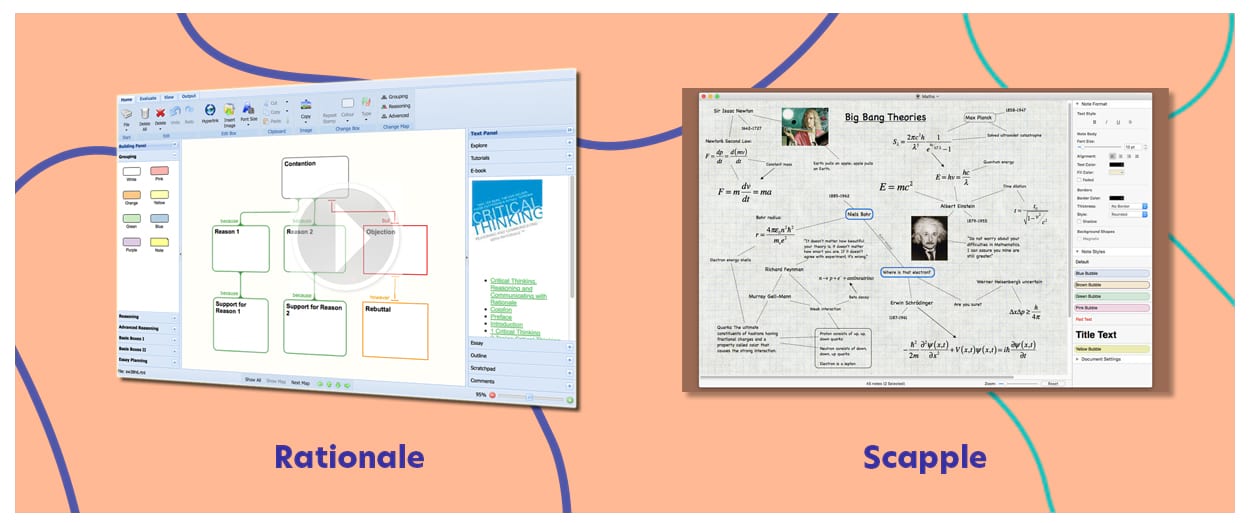
Scapple
Scapple was created by the team behind the go-to app for writers, Scrivener. It is an add-on to support the process of coming up with storylines and interconnected ideas. As a completely freeform tool, Scapple makes it possible to write and rearrange text snippets with ease to produce concept maps, flow maps or any visual representation of a storyline. It is limited to point-and-click interfaces of Mac and Windows computers and costs $18 (one-time purchase).
Uncharted waters ahead
The list above is, as I mentioned, incomplete. One thing remains certain, however — apps supporting thinking will continue to evolve. This belief is substantiated by the trend we are currently observing — in both cognitive science and the evolution of technology. The sciences have grappled with comprehending thinking for decades, yet now, in the 21st century, new research in neuro-related fields (neurophilosophy, neurologic, neurolinguistics, the list goes on) is gradually starting to provide software creators with clues on directions the tools they create should go to successfully help thinkers.
Another trend is coming with the visible shift in the types of screen technology we use as well. Portable devices are starting to resemble paper much more than before. Departing from keyboard and mouse and moving on to tablets has become a natural medium used to express ideas, much like we did on napkins long before the computer revolution ever happened.
With all these advances, we only seem to have begun to build a toolbox for supporting idea creators. And this means that, thankfully, the list of tools above will gradually expand. These are good times to set off into uncharted waters, so sail on, thinker!

